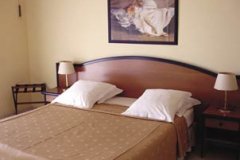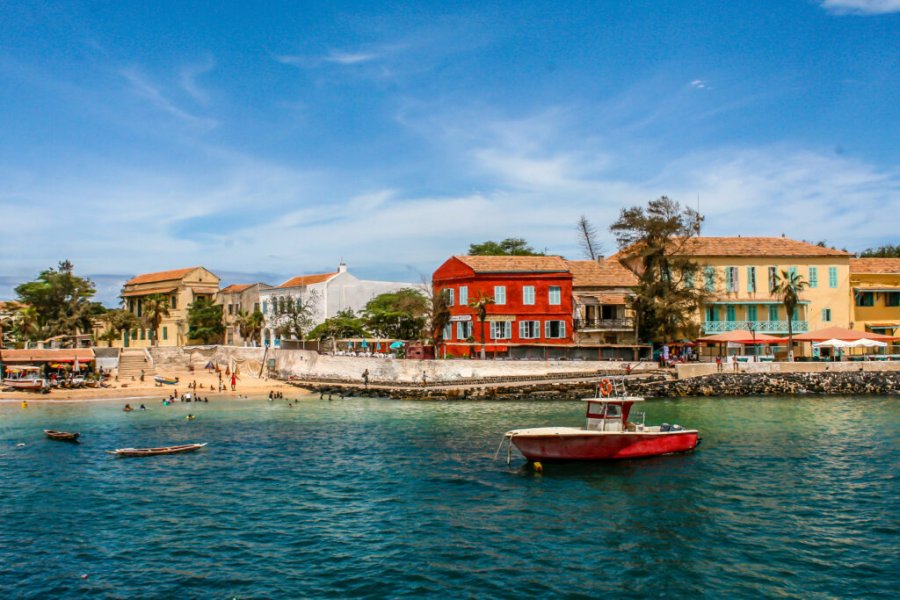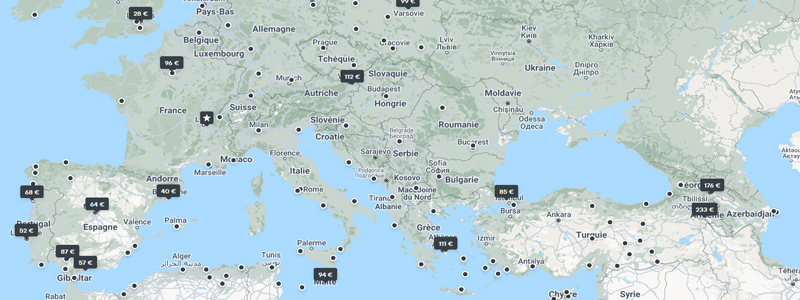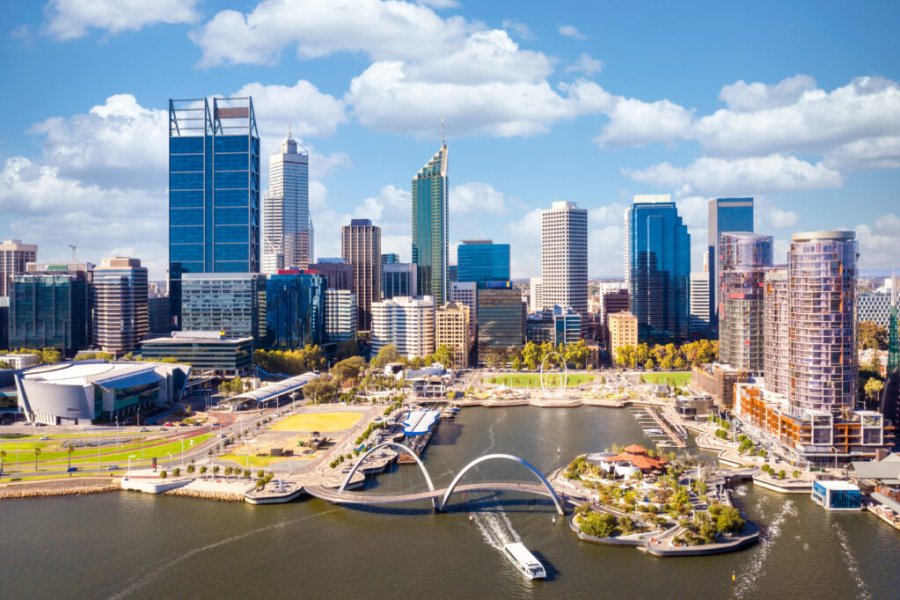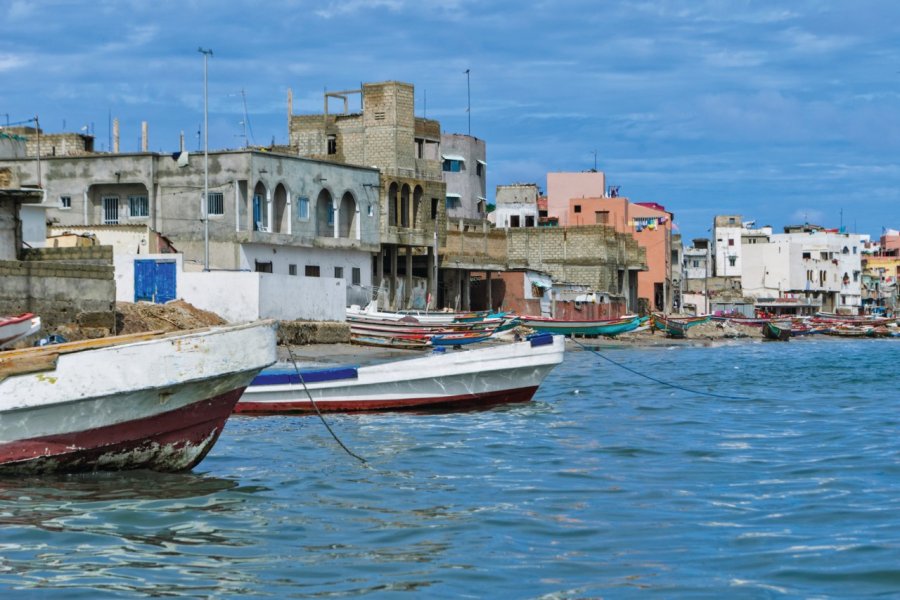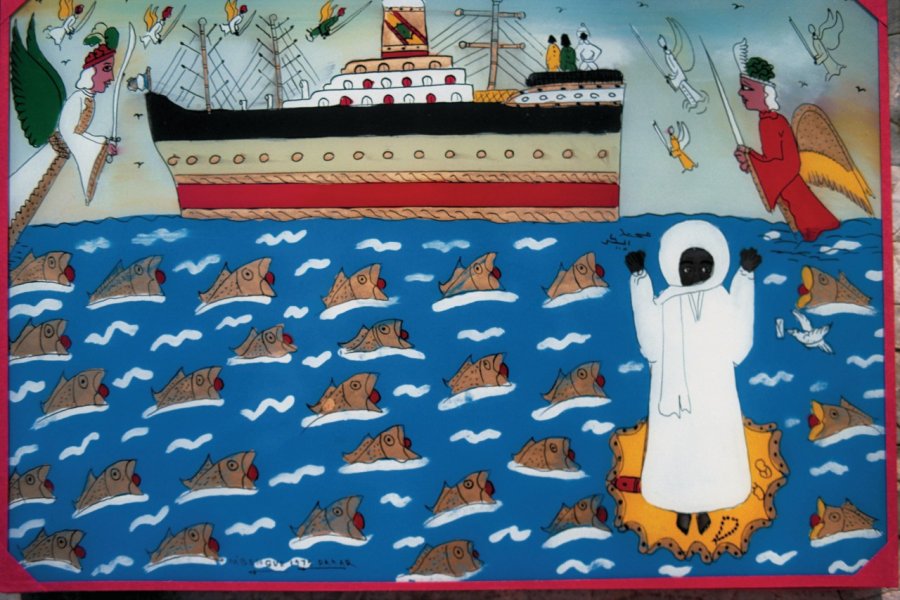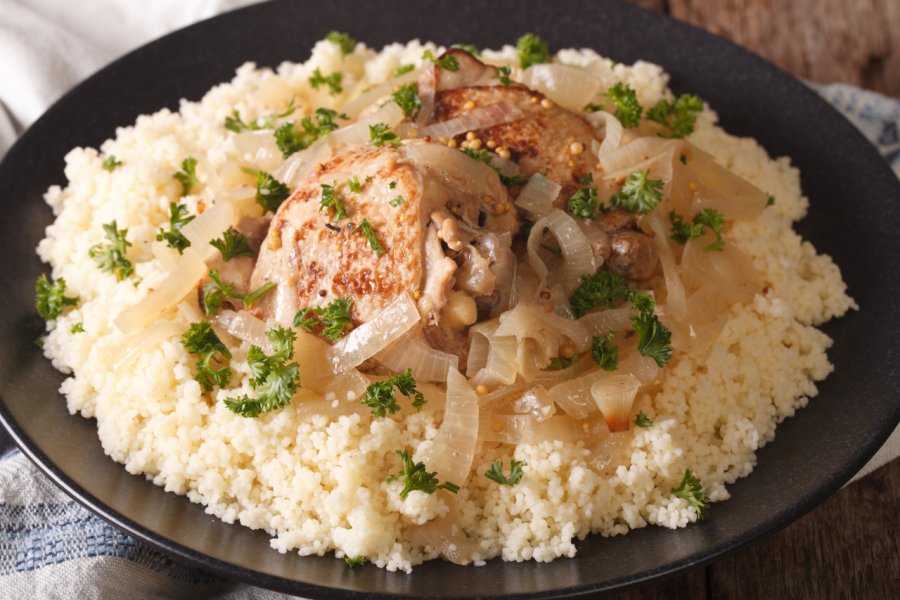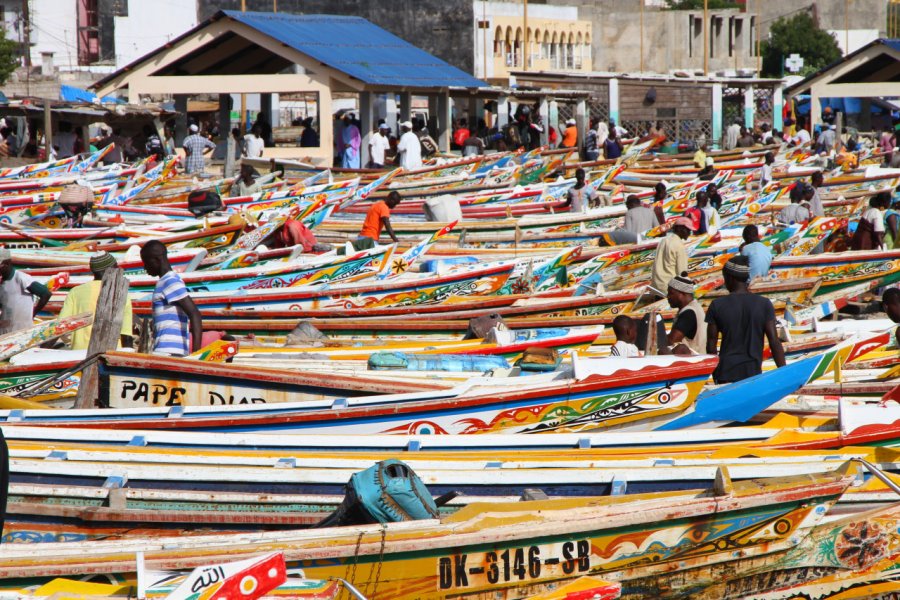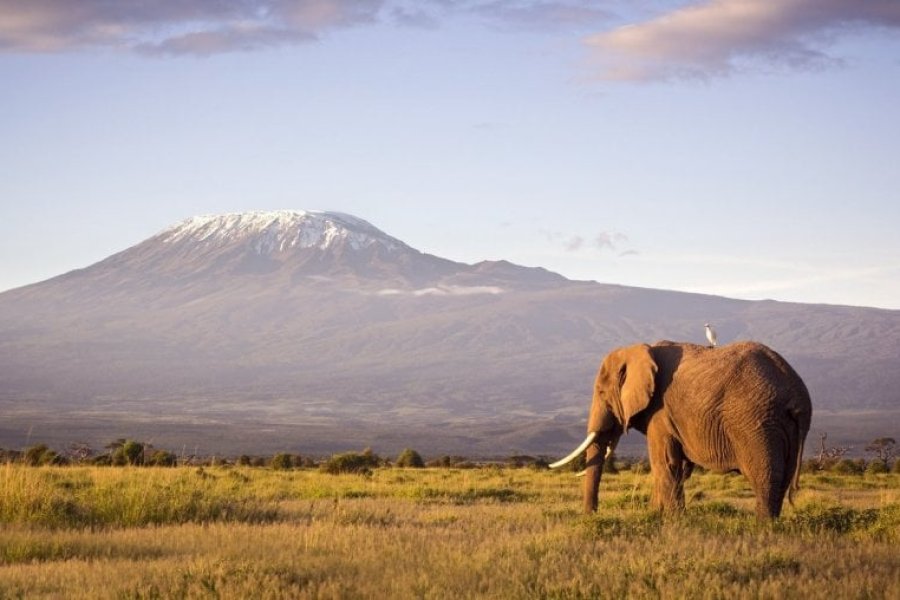Travel Guide Dakar
What to visit Dakar?
Suggested addresses Dakar
When to go to Dakar?
The best time to visit Dakar is from November to June. These months offer a pleasant climate with less rainfall, warm but not sweltering temperatures and an ideal sea for swimming. If you'd like to come at another time of year, here are our Petit Futé tips on when to go to Dakar:
January to April: these months are perfect for enjoying the beach and the gentle sea breeze.
In February, the city vibrates to the rhythm of Dakar Fashion Week, an unmissable event for fashion enthusiasts.
May to August: this is the rainy season in Dakar. Showers are short and sporadic, and sometimes intense. However, it's during these months that nature comes into its own, unveiling breathtaking green landscapes.
September and October: the temperature starts to drop slightly, making it more pleasant to visit the city and its surroundings. It's also a good time to stroll the streets without the summer crowds.
November and December: these months mark the return of dry, warm weather, paving the way for the high tourist season. If you visit Dakar in December, you'll be able to experience the fervor of the Tabaski celebration, one of the country's biggest Muslim holidays.
At any time of year, you can discover the scents of Dakar, its bustling markets, haunting music and poignant historical sites.
Weather at the moment
Nestled on the Cape Verde peninsula, Dakar enjoys a Sahelian climate. Globe-trotters, expect a warm climate all year round. Here's the Dakar weather forecast:
November to May is the dry season, with clear skies and moderate temperatures, ideal for exploring the city and its surroundings. This is also the high tourist season.
On the other hand, the low season extends from June to October, when the city experiences brief showers and Dakar's temperature remains pleasant even during this period.
If you're planning a visit to Dakar's bustling markets, or a beach holiday on the islands of N'Gor and Yoff, check out the forecast to plan your stay.
Dreaming of Dakar? The Senegalese destination offers a range of experiences to suit all budgets! If you're a thrifty traveler, the city is full of affordable places and unforgettable experiences. The local currency is the CFA Franc, and its value can fluctuate. A little tip: euro bills are generally well received, and changing money on the spot is child's play. For your expenses, bank cards and cash are widely accepted. If you're wondering how much to leave as a tip, it's appreciated, but not obligatory. And if you're looking for a premium range, you'll find what you're looking for in the refined establishments.
For most travelers wishing to visit Dakar, entry formalities are relatively straightforward. However, depending on your nationality and the length of your stay, a visa for Dakar may be required. Find out well in advance about specific visa requirements to ensure a smooth arrival.
For detailed, up-to-date information on entry formalities and visas for Dakar, a visit to the website of the Senegalese embassy or consulate in your country is highly recommended. These institutions will be your best sources of information and will be able to guide you through the necessary steps.
Before setting off to discover Dakar, here are a few health recommendations:
Some vaccinations are recommended or even required. Consult your doctor or an international vaccination center well in advance of your departure to ensure that you are up to date with the vaccinations required for Dakar.
Although the yellow fever vaccine is no longer a requirement for entry into Senegal, it is highly recommended due to the active circulation of the virus. Health authorities may sometimes ask for proof of vaccination at the border. A single dose of the vaccine is now considered effective for life.
On site, food hygiene is vital to avoid illness: prefer well-cooked food and drinking water.
Next, note that air pollution in Dakar is high due to fine particles.
Mosquito-borne diseases such as malaria, dengue fever and chikungunya are also a concern in Senegal, so it's important to protect yourself from bites with repellents, mosquito nets and covering clothing.
Practical information
- When to travel?
- Weather forecast
- Budget
- Formalities
- Health
- How to travel by yourself?
- How to get organized?
- Getting around
Media
How to go to Dakar? Our advice & tips
An organized trip to Dakar is an interesting option for the peace of mind it offers: transport, accommodation and guided tours are generally all included. What's more, being accompanied by a local guide enriches the experience by immersing you further in Dakar's culture and history. These turnkey trips also offer the advantage of carefully selected accommodation, from modern hotels to traditional seaside lodges .
Discover our selection of travel agencies for this destinationGoing alone in Dakar is an authentic adventure that lets you explore the city at your own pace. For a unique experience, here are a few practical tips:
Opt for local hostels or guesthouses and meet other travelers with whom you can exchange tips.
Learn a few basic phrases in Wolof, the main language.
Dakar is generally safe, but as everywhere, it's a good idea to remain vigilant, especially at night.
Use the car rapidesdakar's emblematic colorful buses, for an authentic local experience!
Getting around Dakar allows you to immerse yourself in the daily life of the locals and the hectic pace of the city. Here are a few options:
Bus rapide : these multicolored, hand-painted buses are emblematic of Dakar. They're economical, but don't usually have fixed itineraries, so be sure to ask before boarding.
2. Cabs : easily recognized by their yellow color.
3. Walking: walking is the best way to discover the small streets and local markets. However, beware of traffic, which can be chaotic.
4. Car hire: if you want to explore Dakar's surroundings, make sure you have an up-to-date map or navigation app.
5. Boat: to reach Gorée Island or the Magdalen Islands. Departures are from the port of Dakar.
Dakar travel inspiration
Find unique Stay Offers with our Partners
Pictures and images Dakar
Discover Dakar
The best time to visit Dakar is from November to June. These months offer a pleasant climate with less rainfal...
Read more about it
Nestled on the Cape Verde peninsula, Dakar enjoys a Sahelian climate. Globe-trotters, expect a warm climate al...
Read more about it
Dreaming of Dakar? The Senegalese destination offers a range of experiences to suit all budgets! If you're a thrifty...
Read more about it
For most travelers wishing to visit Dakar, entry formalities are relatively straightforward. However, depending on yo...
Read more about it
Before setting off to discover Dakar, here are a few health recommendations:
Some vaccinations are recom...
Read more about it
Going alone in Dakar is an authentic adventure that lets you explore the city at your own pace. For a unique e...
Read more about it
An organized trip to Dakar is an interesting option for the peace of mind it offers: transport, accomm...
Read more about it
Getting around Dakar allows you to immerse yourself in the daily life of the locals and the hectic pace of the...
Read more about it





